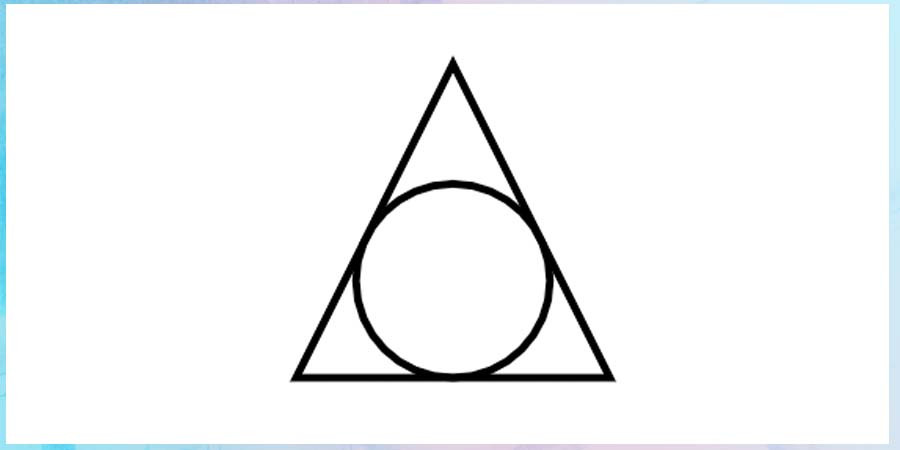

Common Beetles of North Carolina: A Field Guide
North Carolina, with its diverse habitats, boasts a rich variety of fascinating beetles. These insects play crucial roles in the ecosystem, breaking down organic matter, pollinating plants, and serving as a food source for other wildlife. Here's a look at some of the common beetles you might encounter in the Tar Heel State:
Ground Beetles (Family Carabidae)
- Description: Usually dark colored and shiny, with long, slender legs for running. They have prominent mandibles used for catching prey.
- Habitat: Found on the ground under rocks, leaf litter, or logs
- Fun Fact: Many ground beetle species are nocturnal predators, feeding on insects and other invertebrates.
Longhorn Beetles (Family Cerambycidae)
- Description: Characterized by their exceptionally long antennae (sometimes longer than their body), and often have colorful markings.
- Habitat: Found on flowers, dead trees, and decaying wood, depending on the species
- Fun Fact: Longhorn beetle larvae are known as wood borers and play an important role in decomposing wood.
Ladybugs (Family Coccinellidae)
- Description: Small, rounded beetles with iconic spots and bright colors (red, orange, or yellow).
- Habitat: Found on plants, both as adults and larvae
- Fun Fact: Ladybugs are actually voracious predators of aphids and other garden pests, making them beneficial to gardeners and farmers.
Scarab Beetles (Family Scarabaeidae)
- Description: Diverse group, including June bugs, dung beetles, and Japanese beetles. They often have stout bodies and metallic or iridescent colors.
- Habitat: Varies depending on the species, but they can be found in forests, grasslands, and gardens.
- Fun Fact: Some scarab beetles, like dung beetles, play a vital role in recycling nutrients and reducing parasites in livestock.
Where to Find Beetles:
To encounter these fascinating creatures, explore a variety of habitats in North Carolina. Look under rocks, logs, and leaf litter, or examine flowers and tree bark. Don't forget to search at night, as many beetles are more active after dark.
References:
- Beetles of North Carolina: https://www.insectidentification.org/insects-by-type-and-region.php?thisState=North%20Carolina&thisType=Beetle
- Beetles of North Carolina (Webpage): https://auth1.dpr.ncparks.gov/beetles/index.php
- North Carolina State Insect Identification: https://www.carolinanature.com/insects/coleoptera/
Popular articles

Apr 11, 2024 07:40 PM

May 25, 2024 08:09 PM

Apr 11, 2024 07:22 PM

Apr 10, 2024 07:59 PM

Mar 14, 2024 07:53 PM
Comments (0)